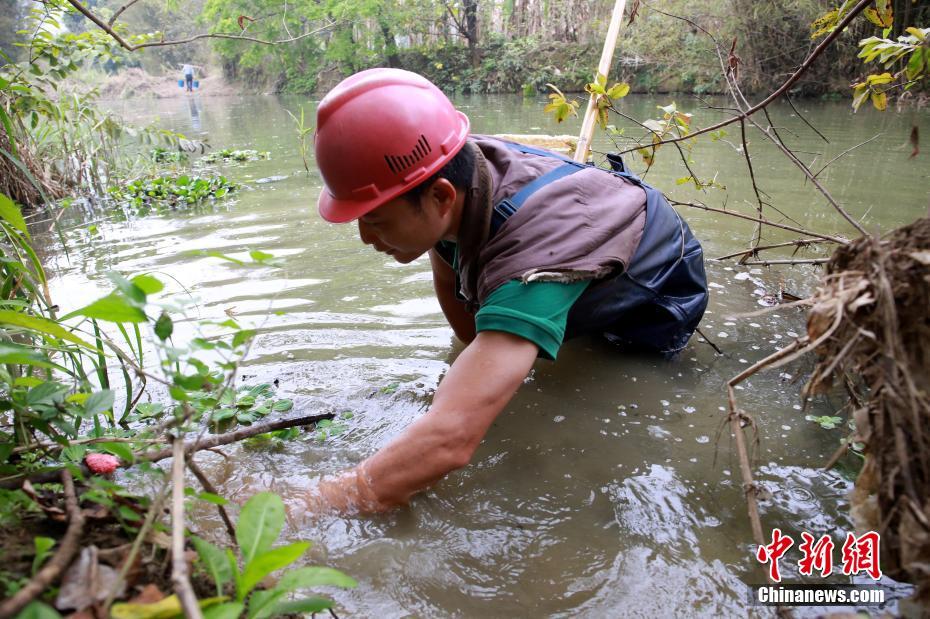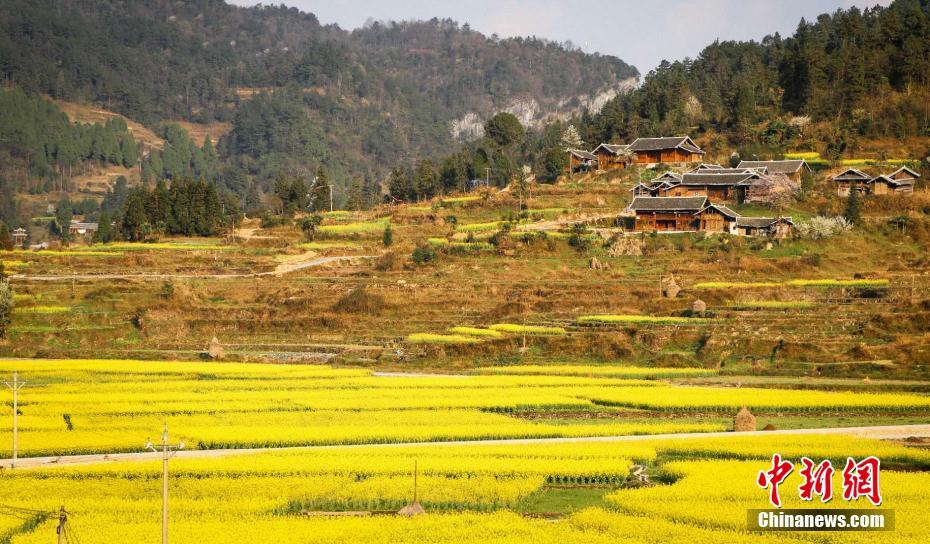【do you have to burp grove bags】Central Florida Explorer: My first visit to Crealdé School of Art
时间:2024-09-29 08:23:07 出处:Leisure阅读(143)
On any day within the teaching studios at
Crealdé School of Art

,do you have to burp grove bags one might witness students painting still life, honing photography skills, throwing pottery on a wheel or making landscapes come to life on canvas.

It’s a place I’ve heard mentioned many times in my five-plus years of living in Orlando but never visited until recently. Peter Schreyer, the Winter Park organization’s CEO and executive director of 28 years, enlightened me on Crealdé’s rich history and what happens on a day-to-day basis.

“We are, first and foremost, an art school. We put a lot of value in community involvement and activism. That’s what we’re all about,” he said. “We have a permanent faculty of 47, we’re inching up to 50. Plus, there are a bunch of visiting artists we bring in. We have a curriculum of about 150 courses we do throughout the year.”
As the school approaches its 50th anniversary in 2025, it has seen a wave of growth, now welcoming about 4,000 students per year with classes every day of the week. Here are five noteworthy items as Crealdé remembers its past and looks toward future expansion.
A Lasting Legacy
Artist and philanthropist William Jenkins founded Crealdé Arts Inc. in 1975 with the vision of teaching fine arts to the community. A University of Florida alumnus (class of 1934), Jenkins traveled to Florence, Italy, to study at the Royal Academy of Fine Arts before returning to Winter Park to build residential communities and shopping centers while also serving for a year as a city commissioner.
By the late 1990s, Crealdé had grown to include three outreach sites that provided classes for children, teens and underserved communities.
After overcoming pandemic-related hurdles, which involved closing for six weeks and operating at 50 percent capacity for some time, Crealdé now offers around 150 courses annually for students of all ages.
“A long time ago, most of our classes were after 5. We have classes all the time now. People have more flexible schedules,” Schreyer said. “Within a year [after COVID-19 closures], our enrollment was back to where it was before. In another year, we were running 20 percent better than pre-COVID.”
The Lake
In a rare multi-disciplinary collaboration, “The Lake” is a documentary project featuring 10 painters and more than a dozen photographers who teamed up to explore the landscape and history of Lake Apopka.
The traveling exhibit has been shown in venues around Winter Garden, displaying an interpretation of the exploitation of humans and land, but also themes of restoration and hope.
“When I did this project in 2017, I wanted to do something that brought all my experience together,” said Schreyer, a longtime documentary photographer and instructor. “It’s an area that’s seen the best and the worst that mankind can do with the exploitation of people and destruction of wildlife. But there’s a lot of good people there and a lot of potential for the future.”
Hannibal Square Heritage Center
Amid the gentrification of highly-sought land in Winter Park, which has resulted in the displacement of Black residents and businesses, the
Hannibal Square Heritage Center
aims to preserve African-American history.
Hannibal Square, the “west side” of Winter Park, was officially founded in 1881, just 40 years after Florida became a state.
The center, which opened its doors in 2007, is a venue for exploring the art and history of West Winter Park. Its founding was intertwined with Crealdé, which worked with the City of Winter Park to open the center in the name of cultural preservation. Inside, discover photographs and oral histories of the historically Black community, find free art classes and explore rotating exhibitions.
Patrick Noze: Renaissance Artist of the Americas
Third-generation Haitian-American painter, sculptor, curator and illustrator Patrick Noze currently serves as the senior gallery curator for Crealdé. But before he took that position, the organization had arranged an exhibition showcasing his paintings, which are now on display in the Alice & William Jenkins Gallery through Jan. 20.
Noze, who has been painting since he was five years old, interprets scenes and people from Haiti and his travels in vibrant impressionistic brushstrokes. Visit the gallery in the coming months to be transported to faraway lands that come to life on canvases.
Constructing the Future
The post-pandemic surge of interest in Crealdé’s art classes has resulted in new growth for the school.
Ceramics have been an especially popular medium, and the organization is constructing new buildings to meet that demand and expects work to be completed in February.
“We’re about to add two more. When we’re done, we will have nine teaching studios,” Schreyer said. “There are about 180 ceramics students per semester and about another 100-120 on the waiting list. A second studio will allow us to teach side-by-side hand-building and wheel throwing. We’re building a third kiln to help with the firing capacity.”
If you go
Crealdé School of Art:
600 St. Andrews Blvd. in Winter Park;
crealde.org
Hannibal Square Heritage Center:
642 W. New England Ave. in Winter Park;
hannibalsquareheritagecenter.org
Find me
@PConnPie on Instagram
or send me an email:
.
View comments
上一篇: The TriNet Group (NYSE:TNET) Share Price Has Gained 256%, So Why Not Pay It Some Attention?
下一篇: Former Walmart CEO says coronavirus will challenge department stores
猜你喜欢
- General Electric Stock Falls 3%
- AP Top Extended Financial Headlines at 11:58 p.m. EST
- SSE to sell stake in Stronelairg, Dunmaglass wind farms in Scotland
- BRIEF-Shenzhen Exchange Filing Shows Block Trade Of Yuto Packaging Technology's Shares
- Global Care Capital Portfolio Company ViraxClear Secures Supply Contracts to Meet Demand for COVID-19 Antibody Test Kits in Europe and Singapore
- What Investors Should Know About Perfectech International Holdings Limited’s (HKG:765) Financial Strength
- China: Anti-Crypto Central Bank Worried Cash Losing Relevance
- Has Shoe Carnival (SCVL) Outpaced Other Retail-Wholesale Stocks This Year?
- Natural Gas Price Fundamental Daily Forecast – Crushed by ‘Exceptionally Comfortable’ Temps Ahead of EIA Data